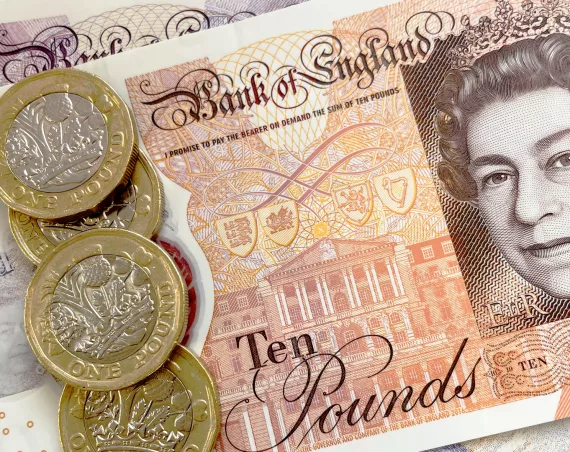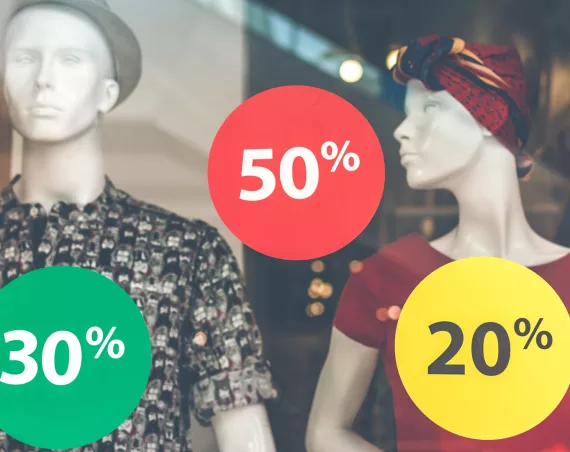
Doing the shopping at the supermarket
Powered by RedCircle
Welcome
Hello and welcome to Learn English Vocabulary. My name is Jack and I’m making this podcast for you to learn or revise English vocabulary.
These podcasts are graded from A2 which is around lower intermediate all the way to C2 which is advanced.
I hope you find these podcasts useful. If you do, please leave me a rating and review as this will help other learners find these podcasts.
Introduction
This podcast is A2 so it’s for lower intermediate learners and today, the topic is shopping at the supermarket. I’m going to describe a trip to the supermarket and focus on 20 items of vocabulary that you come across when you are doing the shopping. I’m going to talk about them as I describe my shopping trip.
I’ll start with that phrase, doing the shopping. Do you know what the difference is between going shopping and doing the shopping? Well, going shopping is what you do when you visit the mall or shopping centre and want to buy clothes or some other treat for yourself. I like going shopping for music and books. The shopping – as in doing the shopping means the things you need to buy regularly, usually at the supermarket. Doing the shopping is not as much fun as going shopping.
Supermarket car park
Now when I go to the supermarket, to do the shopping, I drive my car. You see, I don’t like going to the supermarket so I like to go once and buy everything I need all at once. So I drive my car to the supermarket and park in the supermarket car park. The car park is the place you park your car. In American English, it’s called a parking lot. When you park in the supermarket car park, you have to find a parking space. A space is what you call the place you park your car in. I always try to find a space as close to the supermarket doors as possible.
Supermarket trolley
On my way from the carpark to the supermarket entrance, the entrance is the way into the supermarket, I get a trolley. A trolley is like a little cart with a big basket on wheels. In the UK, supermarket trolleys often have locks on them. You need to put a £1 coin into the trolley lock to take the trolley. This money is held in the little lock on the trolley as a deposit and you get it back when you return the trolley. A deposit is a sum of money that you normally put down on something that you want to buy. In some cases, you can leave a deposit when you borrow something to show that you are going to come back.
If you only need a few items, instead of a trolley, you can use a basket. These are like little metal bags, or not really like bags, more like a little upside down cage that you can put shopping in. They are kept just inside the supermarket doors.

Inside the supermarket
When I have a trolley and I’ve entered the supermarket, I get out my shopping list. I am not very good at doing the shopping. I always buy things we don’t need or don’t buy things we do need. So my wife usually makes me write a shopping list.
Supermarkets are arranged in aisles. An aisle is like a corridor. It’s a narrow path between shelves of fridges. You also have aisles in churches and on aeroplanes. When a couple gets married in a church, the bride arrives after everyone else and walks down the aisle. In an aeroplane, you can have a window seat or an aisle seat. In my local supermarket, there are 10 aisles.
As well as aisles, there are counters. When you first enter a supermarket, somewhere near the door, there’s usually a newsagents and tobacconist counter. This is like a separate shop inside the supermarket where you can buy newspapers and magazines, usually sandwiches and cold drinks and cigarettes. At the back of the store, there is usually a delicatessen which is a counter where you can get cooked ham and cheese and usually little cooked pasties and sausage rolls. In my local supermarket, there is also a fish counter which sells fish and seafood. Big supermarkets in the UK often have hot food counters where you can buy roast meat and even get cooked pizzas and other foods.
Paying for your shopping
When you have found everything on your shopping list and put it in your trolley, you need to pay for it all at the checkout. There are two sorts of checkouts in most supermarkets in the UK. There are self-checkouts and normal checkouts. If I have a lot of shopping, I use the normal checkout. So you have to put your shopping onto the conveyor belt which is a moving black belt that transports your shopping to the sales assistant who then scans the barcodes on your items with a laser scanner and then slides them into the bagging area. In the UK, it’s common for people to pack their own shopping. The assistants will ask if you need help with packing, but most people prefer to pack their own. You have to remember to bring carrier bags with you these days. You can buy carrier bags or plastic bags at the supermarket, but it’s better to bring your own reusable bags.
If I only have a few items, I will use the self-checkout area. If I go shopping with my boys, they always want to use the self-checkout area. There are about 10 self checkouts. Each of them has a place to park your trolley or put your basket, a scanner and a bagging area. Everytime you scan an item, the computer beeps and then tells you: “please place the item in the bagging area”.
When you have finished scanning your items, you have to press a button on the self-checkout till, that is the machine that registers the sales and calculates the bill and then select a payment method. I always pay by debit card so I press the button and then there’s a little machine, a card reader attached to the till for you to put your card in and then your pin. When the payment has been processed, the till will print your receipt, that is like a little shopping statement.
Conclusion
And that’s that – that’s what it takes to do the shopping in a supermarket in the UK.
If you have enjoyed this podcast, please leave me a comment or a review and don’t forget that you can read the transcript for this podcast and complete some language activities on LearnEnglishVocabulary.co.uk.
Thanks for listening.





2 Comments
Dislene Castelari
Hi Jack, I’m learning a lot from your podcasts. I am Brazilian and I follow your channel on Spotify , I am at the beginner level and wanted to leave a Thank you for you here . Thank you 😊
Oi Jack , estou aprendendo muito com seus podcasts . Sou Brasileira e Eu sigo seu canal no Spotify , Estou no nível iniciante e queria deixar um Obrigada para você aqui . Thank you 😊
MAJID POURKARIMI
Thank you very much, Jack!